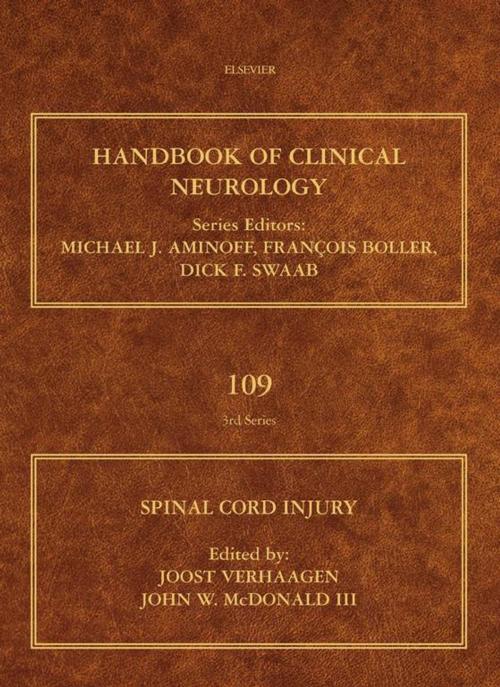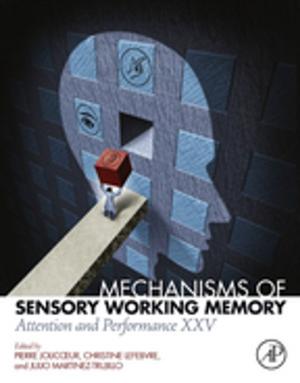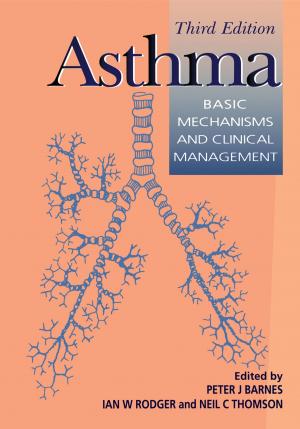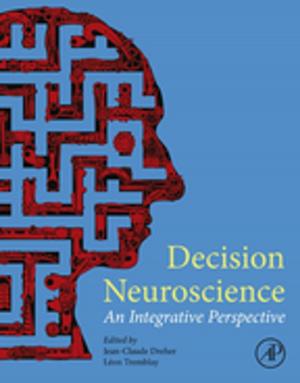Spinal Cord Injury
Nonfiction, Health & Well Being, Medical, Specialties, Internal Medicine, Neuroscience, Neurology| Author: | ISBN: | 9780444535078 | |
| Publisher: | Elsevier Science | Publication: | December 31, 2012 |
| Imprint: | Elsevier | Language: | English |
| Author: | |
| ISBN: | 9780444535078 |
| Publisher: | Elsevier Science |
| Publication: | December 31, 2012 |
| Imprint: | Elsevier |
| Language: | English |
Handbook of Clinical Neurology: Spinal Cord Injury summarizes advances in the clinical diagnosis, monitoring, prognostication, treatment, and management of spinal cord injuries. More specifically, it looks at new and important developments in areas such as high-resolution noninvasive neuroimaging, surgery, and electrical stimulation of motor, respiratory, bladder, bowel, and sexual functions. It also reviews the latest insights into spontaneous regeneration and recovery of function following rehabilitation, with emphasis on novel therapeutic strategies, such as gene therapy, transcranial stimulation, brain-machine interfaces, pharmacological approaches, molecular target discovery, and the use of olfactory ensheathing cells, stem cells, and precursor cells.
Organized in five sections, the book begins with an overview of the development, maturation, biomechanics, and anatomy of the spinal cord before proceeding with a discussion of clinical diagnosis and prognosis as well as natural recovery, ambulation, and function following spinal cord injury. It then examines clinical neurophysiology in the prognosis and monitoring of traumatic spinal cord injury; medical, surgical and rehabilitative management of spinal cord trauma; and some new approaches for improving recovery in patients, including restoration of function by electrical stimulation, locomotor training, and the use of robotics. Other chapters cover cell transplantation, artificial scaffolds, experimental pharmacological interventions, and molecular and combinatorial strategies for repairing the injured spinal cord. This volume should be of interest to neuroscience and clinical neurology research specialists and practicing neurologists.
- Comprehensive coverage of the latest scientific understanding of spinal cord injuries
- Detailed coverage of current treatment best practices and potential future treatments
- Connects leading edge research programs to future treatment opportunities
Handbook of Clinical Neurology: Spinal Cord Injury summarizes advances in the clinical diagnosis, monitoring, prognostication, treatment, and management of spinal cord injuries. More specifically, it looks at new and important developments in areas such as high-resolution noninvasive neuroimaging, surgery, and electrical stimulation of motor, respiratory, bladder, bowel, and sexual functions. It also reviews the latest insights into spontaneous regeneration and recovery of function following rehabilitation, with emphasis on novel therapeutic strategies, such as gene therapy, transcranial stimulation, brain-machine interfaces, pharmacological approaches, molecular target discovery, and the use of olfactory ensheathing cells, stem cells, and precursor cells.
Organized in five sections, the book begins with an overview of the development, maturation, biomechanics, and anatomy of the spinal cord before proceeding with a discussion of clinical diagnosis and prognosis as well as natural recovery, ambulation, and function following spinal cord injury. It then examines clinical neurophysiology in the prognosis and monitoring of traumatic spinal cord injury; medical, surgical and rehabilitative management of spinal cord trauma; and some new approaches for improving recovery in patients, including restoration of function by electrical stimulation, locomotor training, and the use of robotics. Other chapters cover cell transplantation, artificial scaffolds, experimental pharmacological interventions, and molecular and combinatorial strategies for repairing the injured spinal cord. This volume should be of interest to neuroscience and clinical neurology research specialists and practicing neurologists.
- Comprehensive coverage of the latest scientific understanding of spinal cord injuries
- Detailed coverage of current treatment best practices and potential future treatments
- Connects leading edge research programs to future treatment opportunities















